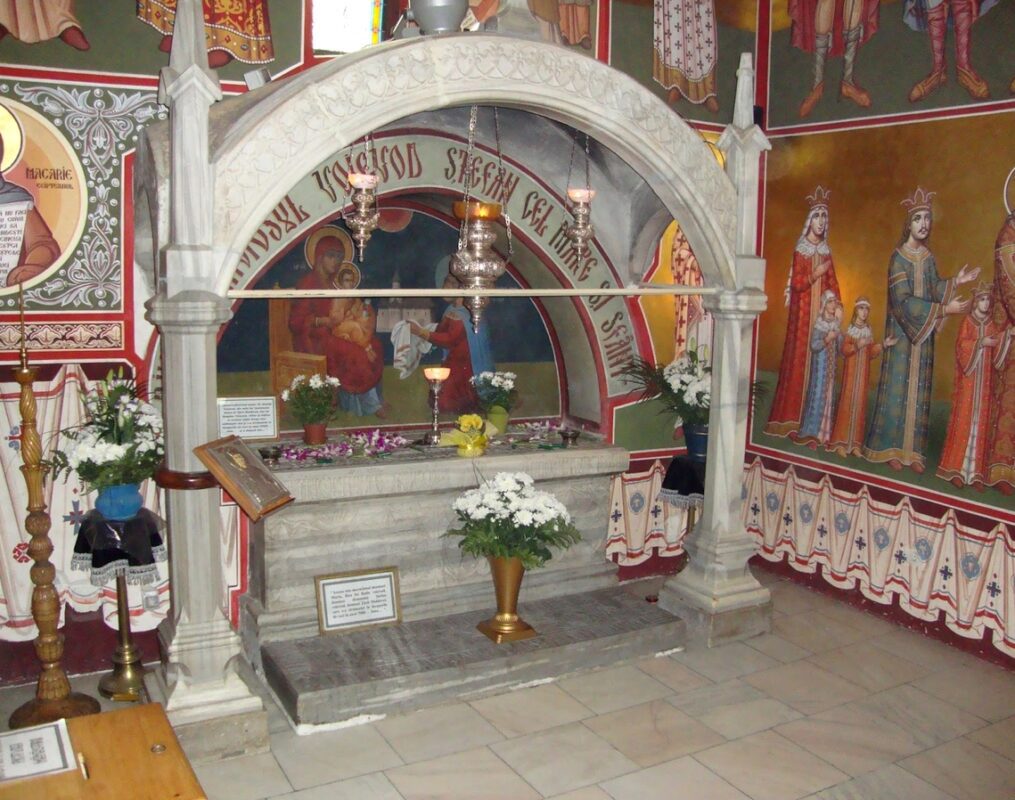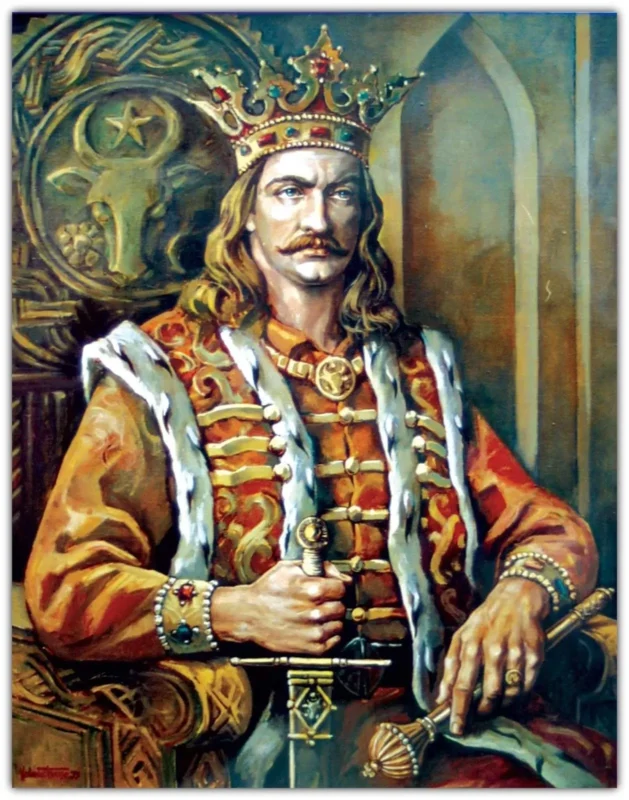Putna Monastery and the Tomb of Stephen the Great


Putna Monastery is a significant historical and cultural landmark located in the northern part of Romania, in the region of Bukovina. The monastery was founded in the 15th century by Stephen the Great, a prominent figure in Romanian history known for his military victories and contributions to the arts and architecture.
The monastery is known for its striking architecture, featuring a combination of Moldavian and Byzantine styles. The interior of the monastery is adorned with intricate frescoes, which were painted by renowned artists of the time.


One of the most significant features of the monastery is the tomb of Stephen the Great, which is located within the church. The tomb is made of white marble and is adorned with intricate carvings and inscriptions.
Saint Stephen succeeded his father, Prince Bogdan II, as Prince of Moldavia on April 12, 1457 soon after the latter was murdered. He defended his country against the Turks, and he also built many churches and monasteries.
Saint Stephen the Great was a spiritual son of Saint Daniel the Hesychast (December 18), who told him that if he built a church after every battle he would be victorious in all his wars.


Following Saint Daniel’s counsel, Saint Stephen won forty-seven battles and built forty-eight churches or monasteries. He also built the Putna Dormition Monastery in northern Moldavia in 1466 when Saint Daniel urged him to do so.
In 1476, Saint Stephen lost the battle of Razboieni to the Turks. He went to visit Saint Daniel at the Voronets Monastery to ask whether or not he should surrender the country to the Moslems. Saint Daniel told him not to surrender, because he would soon win a decisive victory.
Saint Daniel also told him that after he had saved the nation, Stephen should build a monastery in honor of Saint George at that place. Having faith in Saint Daniel’s prophecy, Stephen went forth with his army and drove the Turks from the country.
Saint Stephen fell asleep in the Lord on July 2, 1504, and was buried at the Putna Monastery. He was glorified by the Orthodox Church of Romania in 1992.
Over the centuries, the Putna Monastery has played an important role in Romanian history and culture. It has served as a center for religious and cultural activities, as well as a place of refuge during times of war and conflict.


